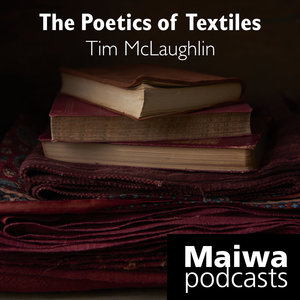
Three reasons to make Maiwa your Local Yarn Shop.
Louet
We have just brought in some European linen from Louet. Featured here are two of the Euroflax samples: a 100% linen bulky/chunky weight and a 100% wet spun linen in #2/Sport weight. Also shown is a KidLin, this is a blend of 53% Kid Mohair, 24% Linen and 23% Nylon. It is a wonderfully cosy and responsive yarn.
Manos del Uruguay
Manos del Uruguay was born in 1968 when a group of women were trying to find a way to promote economic and social development for remote rural women. We have new colours - natural blends made with the sheep's natural colours Grey, Brown and Ecru, and handspun together to create a melange effect. There are overdyed colours where the varied tones of the base yarn add tremendous depth and complexity. This new yarn is significantly soft, manageable and a wonder to work with.
Wagtail Yarns
Wagtail is a family run business from Austrailia that is completely dedicated to mohair and mohair blends. Featured here are two yarns: the lighter is a mix of 80% fine mohair with 20% merino wool, the second is a blend of 60% fine mohair with 40% merino. Both yarns are very soft, have a delightful weight and are quite pliable.
These three arrivals are now in our Supply store on Granville Island. We welcome you to come and see how they might work for your next project.


























